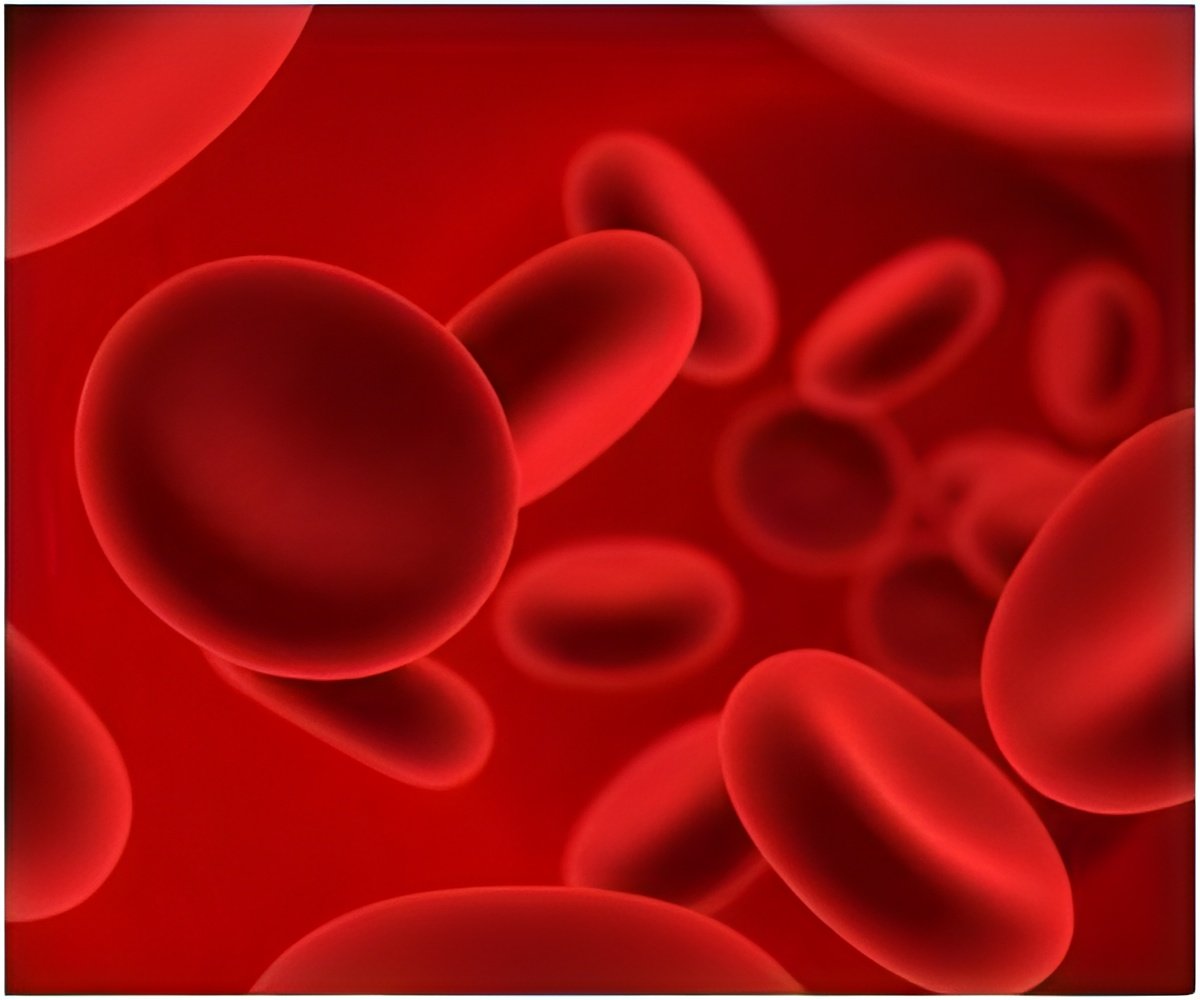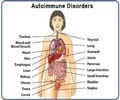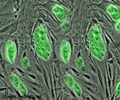In a drop of blood, the specific regions in the protein sequences on the bacteriophage binds to the antibodies, which then recognizes all the viral antibodies.

Researchers at Howard Hughes Medical Institute have used this ability of the immune system to design a technique called Virscan to identify all viral infections that have affected an individual over their lifetime. The research, published recently in the journal Science, says that the development of the technology and analysis of blood samples from 569 patients in the United States, South Africa, Thailand, and Peru.
In the study, the scientists synthesized 93,904 short DNA fragments and introduced them into bacteria called bacteriophages that could produce the protein for the corresponding DNA segments. This way, they created unique protein segments encoding nearly all the 1,000 known strains of viruses.
When presented with a drop of blood, the specific regions in the protein sequences on the bacteriophage binds to the antibodies in the blood, which can then be sequenced in the lab to recognize all the viral antibodies present in the blood.
To prove the results, the scientists analyzed the presence of HIV and Hepatitis C antibodies in blood samples of patients already infected with the viruses.
 MEDINDIA
MEDINDIA




 Email
Email










